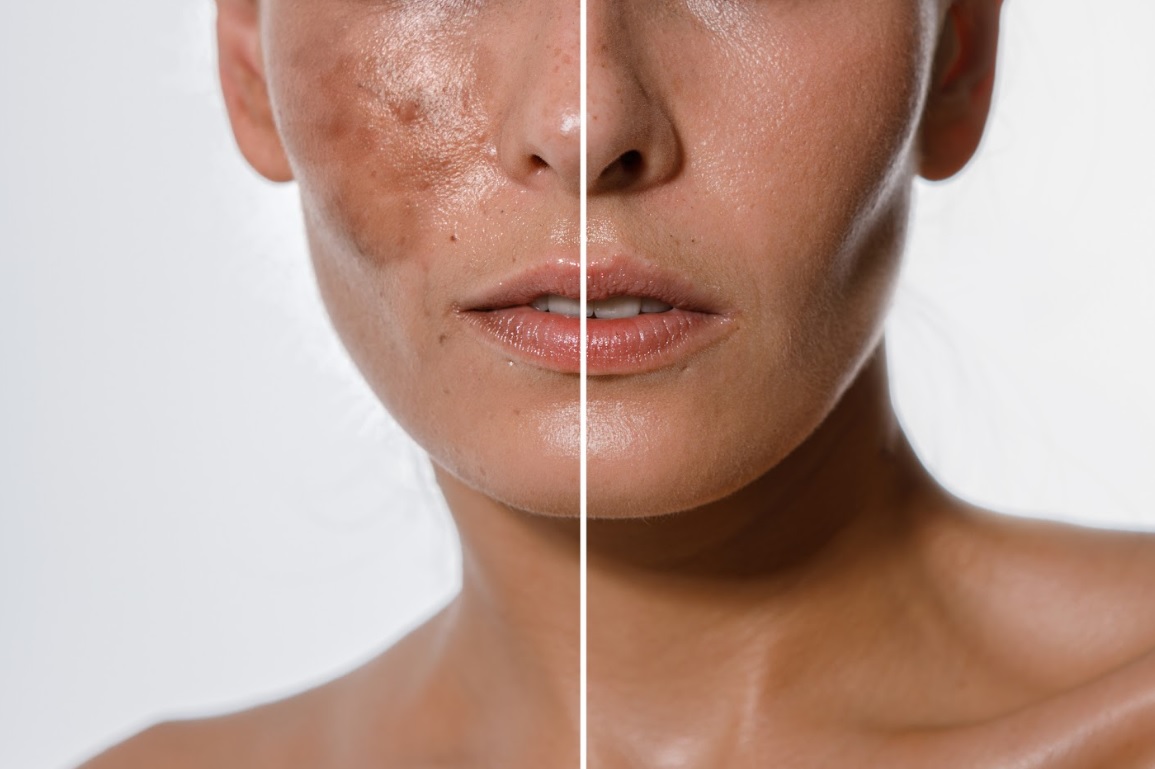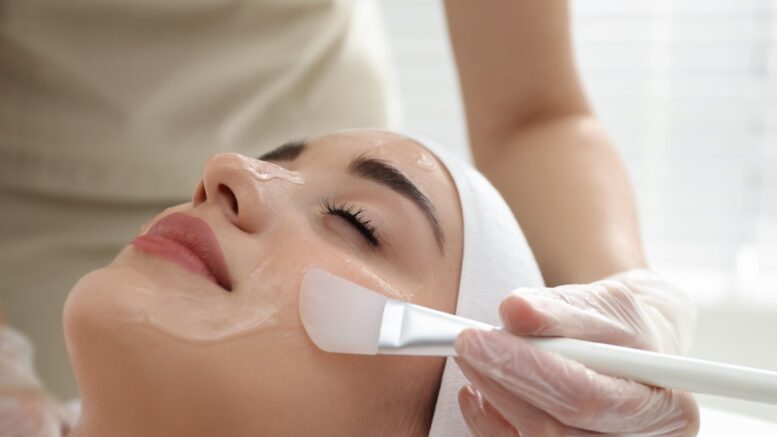Chemical peels have made a significant mark, garnering increasing attention in recent years. The key to their rising popularity lies in their effectiveness in addressing various skin issues, from premature aging to acne scarring.
When administered in the controlled environment of a top medical spa or under the watchful eye of an expert dermatologist, chemical peels offer a potent solution for skin rejuvenation. However, it is not a one-size-fits-all solution. Understanding the potential benefits and drawbacks of this procedure is imperative.
By comprehending the pros and cons, you can decide whether to proceed with the treatment, ensuring the best possible outcome for your skin health.
Pros Of Chemical Peels
When comprehending the true potential of chemical peels, it is important to delve into their numerous benefits. Here is an in-depth look at the major pros of chemical peels.
Improvement Of Skin Texture And Tone
Chemical peels have a significant impact on the improvement of skin texture and tone. They remove the outermost layers of the skin, which are often damaged or discolored, to reveal the newer, smoother skin underneath. This process helps even out skin tone, resulting in a smoother, more refined complexion.
This procedure is also capable of triggering the synthesis of collagen, which plays a crucial role in maintaining the suppleness and firmness of skin. As this collagen production escalates over time, it can further boost the refinement and uniformity of the skin’s surface, imbuing it with a more radiant and youthful aesthetic.
Treatment Of Acne
Chemical peels have proven effective in treating acne and reducing the appearance of acne scars. The peel works by exfoliating the skin, unclogging pores, and removing the buildup of dead skin cells that often contribute to the formation of acne.
In addition, the deep exfoliation process can significantly reduce the appearance of acne scars by promoting new skin cell growth. Over a series of treatments, scars may become less visible and, in some cases, may even disappear entirely.
Reduction Of Fine Lines And Wrinkles
Fine lines and wrinkles on the skin can be effectively reduced through chemical peels. As the outer layer of skin is removed, the underlying skin is stimulated to produce more collagen and elastin, which helps fill in wrinkles and fine lines, giving the skin a plumper, more youthful appearance.
Moreover, by removing the damaged outer layers of skin, the underlying skin can better absorb skincare products. This improved absorption allows anti-aging products to work more effectively, further reducing fine lines and wrinkles.
Minimization Of Sun Damage And Hyperpigmentation
Chemical peels can also be instrumental in minimizing the effects of sun damage and hyperpigmentation. By removing the outer layer of skin, the procedure can reduce the appearance of brown spots and uneven pigmentation caused by sun damage.
In addition, certain types of chemical peels can penetrate deeper into the skin to break up melanin clusters, which are responsible for hyperpigmentation. This action leads to a more even skin tone and a reduction in the appearance of sunspots, melasma, and other forms of discoloration.

Cons Of Chemical Peels
Despite the myriad benefits chemical peels offer, they also have their share of potential drawbacks. Recognizing these is crucial for anyone contemplating the procedure. Here’s a comprehensive overview of the potential cons associated with chemical peels.
Potential For Skin Irritation
While chemical peels can offer many benefits, they can also cause skin irritation. This is because the chemicals used in the procedure can be harsh and may cause redness, dryness, and sensitivity, particularly in individuals with sensitive skin.
Although these side effects are typically temporary and subside within a week or so of the procedure, it’s important for individuals to understand this potential risk before choosing to undergo a chemical peel.
Risk Of Hyperpigmentation
Though chemical peels can reduce hyperpigmentation, they also carry a risk of causing it. Post-inflammatory hyperpigmentation (PIH) can occur when the skin produces excess melanin in response to an inflammatory wound, such as the intentional wound caused by a chemical peel.
PIH is more common in individuals with darker skin tones and those who do not properly protect their skin from the sun after the procedure. It is thus crucial to follow all post-peel care instructions, including the use of sunscreen, to mitigate this risk.
Incompatibility With Certain Skin Types
Chemical peels may not be suitable for all skin types. Those with sensitive skin, rosacea, or other skin conditions may experience increased redness, irritation, and inflammation post-procedure.
Furthermore, some chemical peels may not be as effective on darker skin tones. It’s essential to consult with a dermatologist or skincare professional to determine if a chemical peel suits your skin type and condition.
Multiple Sessions For Optimal Results
Chemical peels usually require multiple sessions to achieve the desired results. The number of treatments needed will depend on the type of peel used, the specific skin concerns being addressed, and individual skin types.
While some people may see improvements after one session, most people need a series of treatments over several months. This requirement for multiple sessions can add to the overall cost of the treatment and may be an important consideration for some people.
Takeaway
Chemical peels can potentially improve your skin care regimen, with benefits like improving skin texture and tone, reducing acne and scars, diminishing fine lines, and minimizing sun damage and hyperpigmentation. However, they do come with potential drawbacks. These include the possibility of skin irritation, risk of hyperpigmentation, unsuitability for some skin types, and the need for multiple treatments.
The decision to undergo a chemical peel should be made after a thorough consultation with a professional. Understanding both the benefits and potential risks is key to making an informed decision about this skincare procedure.
